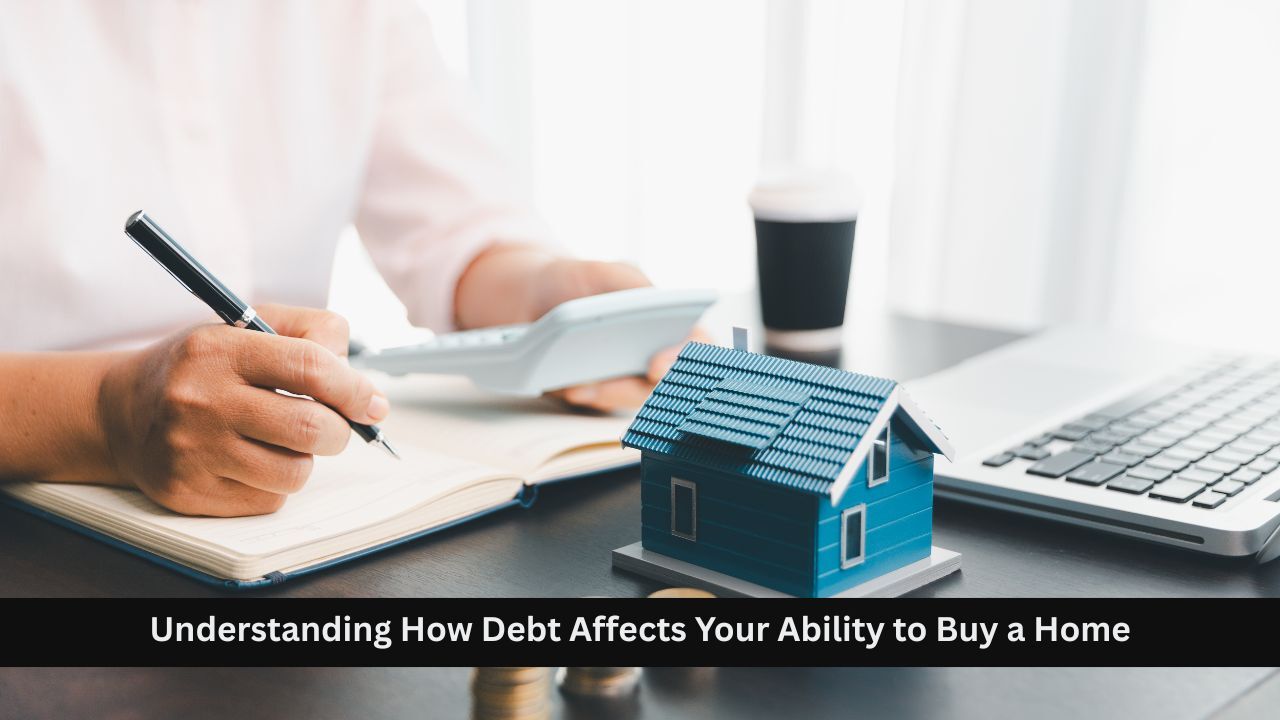A Season of Generosity and Homeownership Opportunities
 The time between Thanksgiving and the New Year is known for gratitude, togetherness and heartfelt giving. Many families share meaningful gifts during this stretch of the year, and some buyers discover that these seasonal acts of generosity can help make homeownership possible. If you have found the right home but need help with upfront costs, financial gifts from loved ones may be the support that brings your plans together.
The time between Thanksgiving and the New Year is known for gratitude, togetherness and heartfelt giving. Many families share meaningful gifts during this stretch of the year, and some buyers discover that these seasonal acts of generosity can help make homeownership possible. If you have found the right home but need help with upfront costs, financial gifts from loved ones may be the support that brings your plans together.
Understanding Financial Gifts for Homebuyers
Financial gifts are funds given by approved donors to help you cover mortgage related expenses, including the down payment and closing costs. These gifts can ease the financial pressure of purchasing a home and help you move sooner rather than waiting for savings to build. With market conditions changing throughout the year, receiving support during the giving season can help you take advantage of opportunities you may miss later.
Who Is Allowed to Provide Gift Money
Not every person is permitted to contribute funds, so it is important to know who qualifies. Acceptable donors typically include relatives such as parents, children, siblings and grandparents. Certain loan programs may also allow gifts from employers, close friends or nonprofit groups.
Gift money cannot come from anyone who benefits financially from the sale. For example, sellers or agents cannot provide these funds. This protects the loan process and ensures that the gift is truly a contribution and not a financial incentive.
What You Need to Use Gift Money Correctly
Lenders follow very specific rules for gift money. Both you and your donor must provide documentation to show the funds are genuine and not borrowed. You will need a gift letter that clearly states that the money is a gift with no repayment required. The letter must also include the donor contact information, your relationship to the donor, the amount being given and the property address.
The donor must also provide proof of the source of the funds. This usually includes bank statements or other financial records that confirm their ability to give the money.
Planning During the Giving Season
The period from late November through the start of the new year is a natural time for generosity. If homeownership is part of your goals, gift money can help you move forward confidently. Preparing early, communicating with your lender and gathering required documentation will make the process smoother and less stressful.
Thoughtful financial gifts can make a real difference in your home buying journey. If you are considering using gift money, connect with a knowledgeable loan professional who can walk you through the guidelines and help you make the most of this special season.
 Many future buyers think they must eliminate every debt before applying for a mortgage. Reducing debt is helpful, but it is not a requirement for homeownership. You can qualify for a loan even if you have credit cards, student loans or a car payment. What matters most is how well you manage those obligations and how they fit into your overall financial picture.
Many future buyers think they must eliminate every debt before applying for a mortgage. Reducing debt is helpful, but it is not a requirement for homeownership. You can qualify for a loan even if you have credit cards, student loans or a car payment. What matters most is how well you manage those obligations and how they fit into your overall financial picture. Owning a second home is a dream for many people, whether it is a quiet cabin by the lake, a beachfront retreat, or a mountain getaway. For others, that dream also comes with the potential to generate income through short-term rentals. However, mortgages for vacation homes and Airbnb properties are not the same. Lenders view these two types of homes differently, and understanding those differences can help you choose the right financing option for your goals.
Owning a second home is a dream for many people, whether it is a quiet cabin by the lake, a beachfront retreat, or a mountain getaway. For others, that dream also comes with the potential to generate income through short-term rentals. However, mortgages for vacation homes and Airbnb properties are not the same. Lenders view these two types of homes differently, and understanding those differences can help you choose the right financing option for your goals.